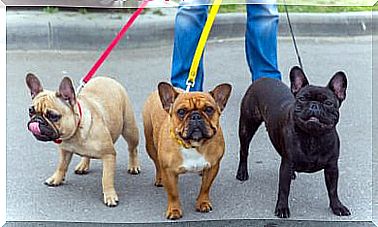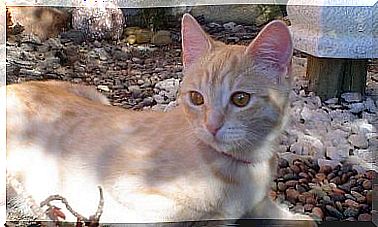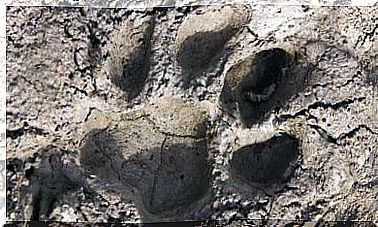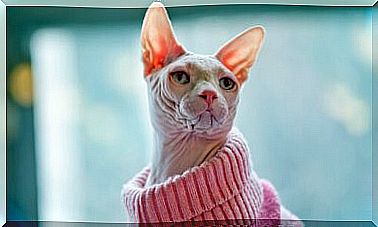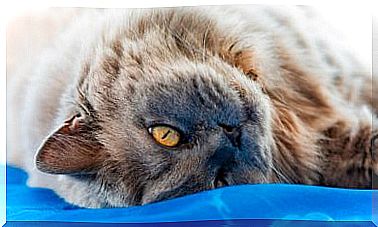Why Is Tomato Toxic To Dogs?
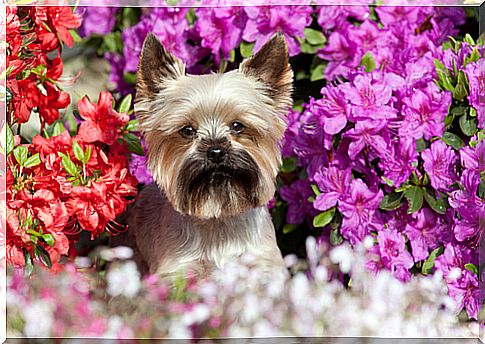
Tomato plants can be toxic to some animals and dogs are no exception. If you have a tomato plant in your garden, it is recommended that you keep your pet away, especially from its leaves and stems since most of the toxins are found there.
Tomato plants and dogs
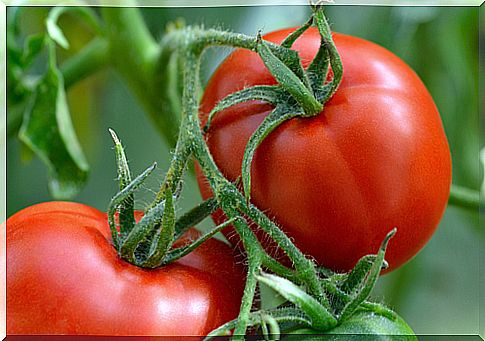
Having a large garden and letting your dog run freely in it can often be a big problem since many plants can be toxic. Dogs usually invade gardens chewing fruits and plants. But tomatoes, for example, why are they bad for your pet?
The tomato plant is also known as Lycopersicon spp. and belongs to the family of Solanaceae plants. The green parts of the plant, including the leaves and stems, contain ingredients called glycoalkaloids, which are toxic to cats and dogs if ingested. While green tomatoes also contain this chemical, ripe tomatoes do not.
One of the chemicals found in tomato plants is atropine. It is present in the fruit, but more abundant in the plant and leaves. Atropine can cause harm to your pet if he consumes high doses. If your dog rummages in your garden and eats a large part of your tomato plants, he may then show some symptoms of atropine poisoning.
Commonly the symptoms of poisoning from eating leaves or stems of tomato plants can be confused with a large number of diseases. If you notice that your dog begins to tremble, feels fatigue and weakness, it is advisable that you take them to your veterinarian. The most serious symptoms are paralysis and cardiac arrest.
It is noteworthy that atropine is also present in the tomato fruit itself, only in a lower quantity. As the tomato ripens, the atropine is metabolized and that causes less substance to be found in the fruit. In that sense, eating ripe tomatoes could only cause a little gastrointestinal upset in your dog.
On the other hand, cooked tomatoes that are used in making sauces are also safe.
Tips
If you have tomato plants in your garden and you notice that your dog has vomiting, diarrhea, lethargy, weakness or confusion, take it to your veterinarian.
Access restriction. Keep your dog away from tomato plants. Pets are curious and often bite the leaves and stems of plants.
If the plants are indoors, place them in a room where your pet does not have access. If the plants are outside, you can put up some fences to prevent your dog from coming into contact with them.
If you notice that your dog is eating ripe fruit, be careful as it could cause intestinal problems. Avoid being eaten.
Remember that tomato plants are also dangerous for cats. Therefore, if you have this type of pet in your house, do not let it get close to these types of plants.
Other toxic plants
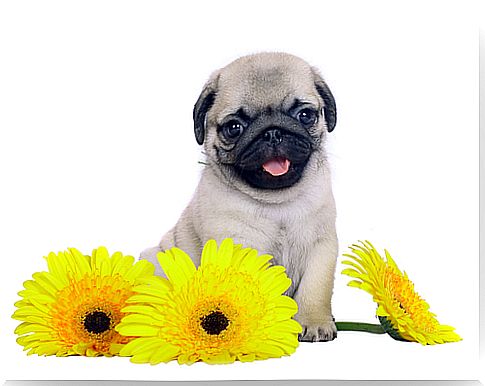
Lilies: they are highly toxic to cats and dogs. While the poisonous component has not yet been identified, ingesting very small amounts of this plant can cause kidney damage in your pet.
Marijuana: Ingesting Cannabis sativa causes central nervous system depression and incoordination, as well as vomiting, diarrhea, drooling, increased heart rate, and even seizures and coma.
Tulip / Narcissus bulbs: contain toxins that can cause severe gastrointestinal irritation, drooling, loss of appetite, central nervous system depression, seizures, and heart disease.
Azalea / Rhododendron: Contains substances known as grayantoxins, which can cause vomiting, salivation, diarrhea, weakness and depression of the central nervous system in animals. Severe poisoning with this plant could ultimately lead to coma and death from cardiovascular collapse.
Cyclamen: contain cyclamine. The highest concentration of this toxic component is normally found in the root part of the plant. If your pet consumes this root, they are likely to suffer gastrointestinal irritation, including severe vomiting.
Chrysanthemums: these flowers if eaten contain pyrethrins which can cause gastrointestinal upset, including drooling, vomiting and diarrhea. It can also cause depression and loss of coordination in some parts of your body.

